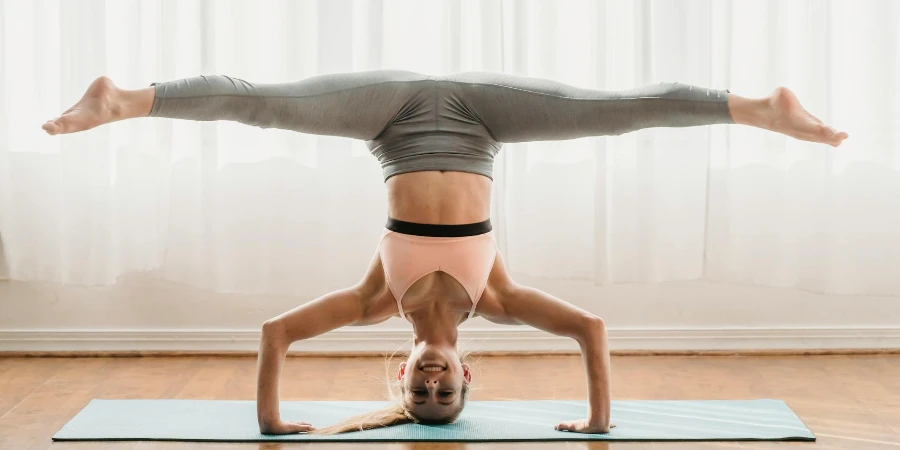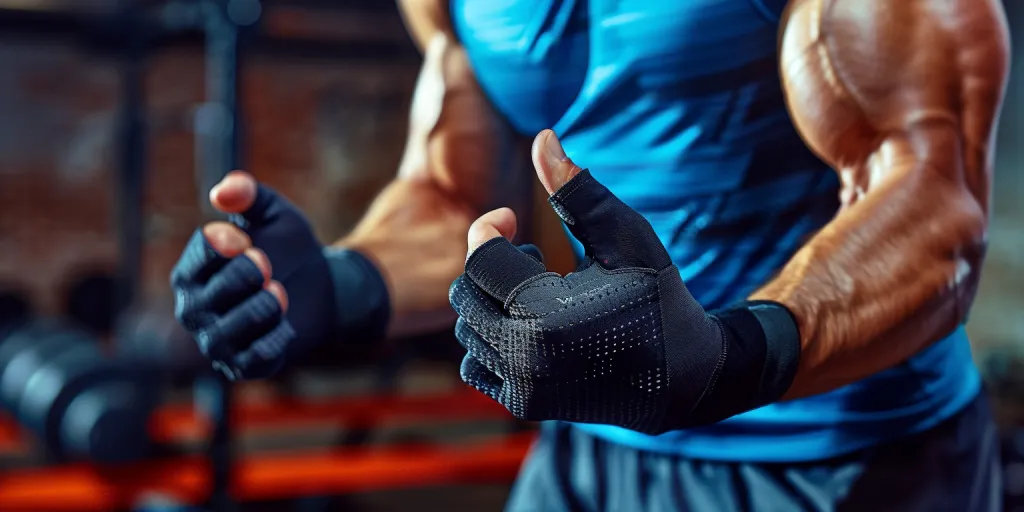Vinyasa Yoga is a style of yoga that’s widely popular, especially with people who are into fitness. It’s a graceful and dynamic yoga that includes transitions from one pose to the next, combined with a breath-synchronised routine to work out the entire body and offer numerous other benefits to the mind. This article talks about the essence of Vinyasa Yoga, its benefits, and how you can include Vinyasa Yoga in your fitness routine.
Table of Contents:
1. What is Vinyasa Yoga?
2. The popularity of Vinyasa Yoga
3. Is Vinyasa Yoga good for you?
4. How to choose the right Vinyasa Yoga class
5. How to use Vinyasa Yoga effectively
What is Vinyasa Yoga?

Vinyasa Yoga, or as it is sometimes called ‘flow yoga’, is the style of yoga that focuses on the transition from pose to pose in a fluid manner, connected to the rhythm of breathing. As with Ashtanga, every movement is done with an inhalation or exhalation. But rather than having fixed sequences of poses, Vinyasa offers the instructor more room to be creative and improvisational in the types of poses that are offered, the order in which they are presented, and the way they are strung together. Vinyasa draws on the poses and sequence of Ashtanga Yoga.
The variety of this yoga form and its adaptability makes it possible to have a soft and slow experience of restorative flow or a sweaty, intense workout. Vinyasa yoga still draws on the original connection between movement and breath as a way of developing more body awareness, concentration and mindfulness.
Aspects of the technique include the practice of Ujjayi breathing, or a specific kind of breath that creates internal heat and calms the mind, and certain poses that are essential to most sequences, such as Chaturanga Dandasana, Upward Facing Dog, and Downward Facing Dog. Like the previous three styles of yoga, Vinyasa is not only an exercise of the body, but an exercise of the mind and spirit.
The popularity of Vinyasa Yoga
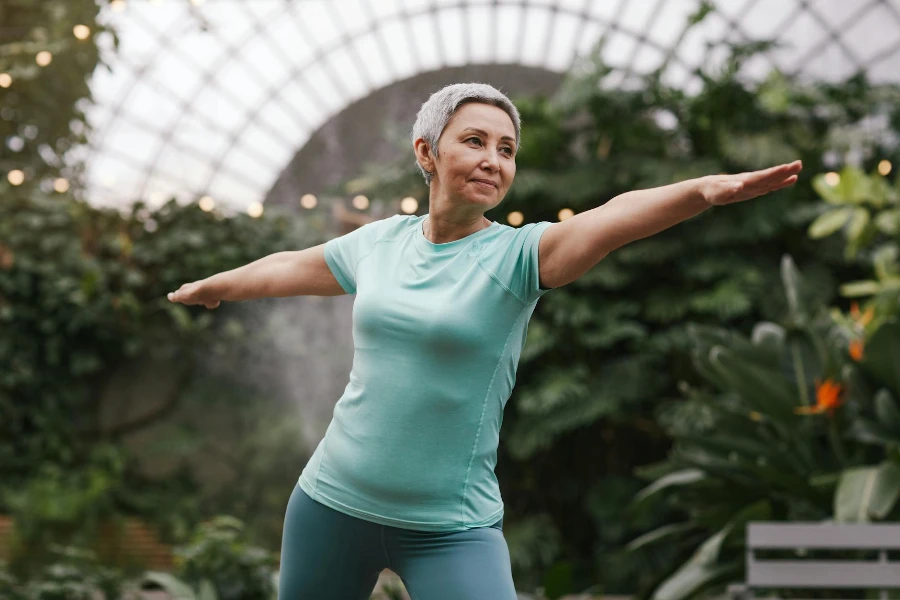
One attraction of Vinyasa Yoga is that its constant motion keeps practitioners on their toes – in a good way – pushing them further than they might with static forms of yoga. Because the sequence of poses changes in every class, it never gets boring and repetitive.
Social media and the digital age are also major players in the spread of the popularity of Vinyasa Yoga. Instagram and YouTube have seen videos of flows being posted by yoga instructors bubbling up to the surface. Today, there’s an online community where yogis may share with each other small tips and tricks, their progress and encouragement. There’s also online classes that allows followers to practice Yoga with their favourite instructor from the comfort of their homes.
And it’s also partly due to its syncretic nature – the fact that with deft instruction any theme or intention, from stressmanagement to muscularstrengthening or improved flexibility, can be accommodated under the umbrella of its flow, making it appealing to a wide variety of consumers. Whether to unwind after a tough day at the office, try to achieve a ripped body, or fine-tune athletic performance, there’s a Vinyasa flow for you.
Is Vinyasa Yoga good for you?
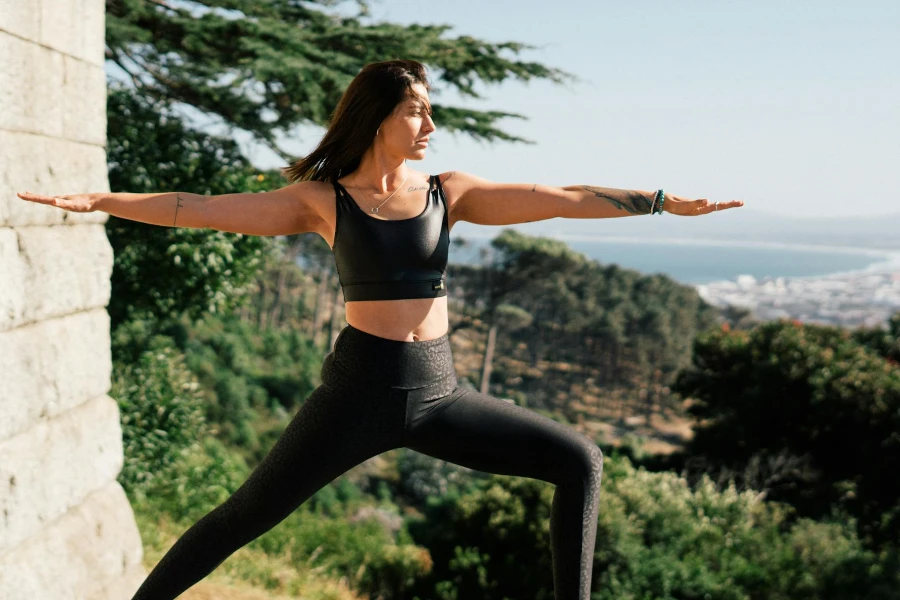
The rewards of doing Vinyasa are not just limited to physical fitness but are holistic – body, mind and spirit. Physically, it enhances flexibility and strength, and improves balance and co-ordination. The continual flow from one pose to the next with the inclusion of strength-building poses provides a cardiovascular benefit contributing to improved heart health and endurance.
In the mind, the constant attention to breath and the fluid movements of the poses make it a sort of moving meditation, which helps to quiet the mind and lower stress. It also instils a greater sense of mindfulness in practitioners (which can reduce symptoms of anxiety and depression), and improves cognitive functions such as focus and memory, through the discipline and concentration it takes to sustain the flow.
The holistic health aspects of Vinyasa Yoga include an increased circulation and sweating that aid the body’s natural detoxification processes; the activation of many body systems that assist in better digestion and immune system function; and eventually improve sleep patterns, energy and mental outlook.
How to choose the right Vinyasa Yoga class

The key to finding the right Vinyasa class for you is to consider your personal fitness level, what you want to get out of Vinyasa, and your personal preferences. Beginners might want to start with classes that are said to be ‘gentle’ or ‘beginner’ Vinyasa to get used to the flow and the basics of the poses. On the other hand, if you’re an athletic individual or have a lot of yoga experience, you might want an ‘intermediate’ or ‘advanced’ class that moves at a faster pace and includes longer sequences of more strenuous poses.
But think of your teacher as well: their style and philosophy can make or break an experience. Many studios offer free trial classes or introductory packages, which allow you to give yourself and the studio a taste test, and sample a wide array of classes and teachers. Notice how the teacher leads a class and pays attention to alignment and safety, and check for an atmosphere of welcomeness and inclusiveness.
And don’t forget to think about the class times and location, and whether they’ll work well with your life (check out AliKivi.com or the YogaWorks website for some live-streaming options). Virtual classes are a great way to go if you want to practise at home and are time-starved, or if you have a favourite teacher in another part of the country, or world. There are usually a few levels and intentions for you to choose from.
How to use Vinyasa Yoga effectively
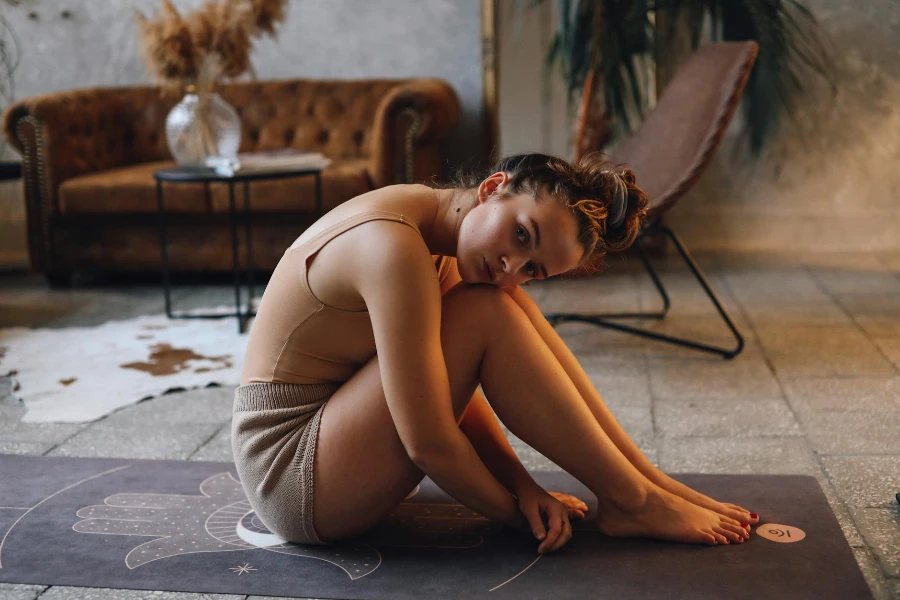
To gain the most from Vinyasa Yoga, it’s best to practise regularly, whether that’s taking classes at a studio or going through flows at home. Listen to your body. Vinyasa is a challenging practice, but it shouldn’t be painful. If you can’t do a certain pose, modify or skip it. Use props such as blocks, straps, and blankets wherever you feel you need encouragement or support.
All of this helps to make sure that the following workout encompasses a good variety of flows and poses, and targets different muscle groups and increases flexibility across the whole body. Paying attention to your breathing is equally crucial, as it helps to guide you through the flow and keep you focused. Finally, as you begin to get the hang of it, you can kick it up a notch by trying some more complicated poses or sequences.
Secondly, round out the benefits of Vinyasa Yoga with other exercise and a good diet to support your complete wellness. Vinyasa Yoga is a powerful weapon in a larger strategy for fitness and health that extends far beyond the mat.
Conclusion
Vinyasa Yoga is a dynamic and versatile form of practice that can be used to suit a wide range of physical fitness levels and objectives. It is a practice that emphasises the synchronisation of the breath with movement for the purpose of increasing physical fitness as well as promoting mental clarity and emotional wellness. Through choosing an appropriate class, making time and space in your life to practice regularly, and listening to your own body, you can unleash the potential of Vinyasa Yoga, and discover for yourself how it supports your pursuit of a healthier, more integrated life. Namaste.
